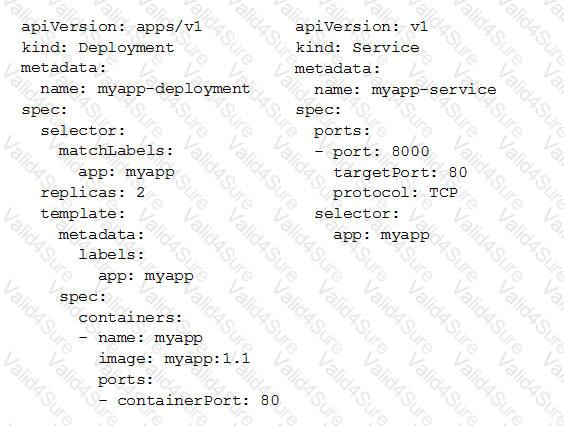Associate-Cloud-Engineer Exam Dumps - Google Cloud Certified - Associate Cloud Engineer
You deployed a new application inside your Google Kubernetes Engine cluster using the YAML file specified below.

You check the status of the deployed pods and notice that one of them is still in PENDING status:

You want to find out why the pod is stuck in pending status. What should you do?
You have created a code snippet that should be triggered whenever a new file is uploaded to a Cloud Storage bucket. You want to deploy this code snippet. What should you do?
You need to immediately change the storage class of an existing Google Cloud bucket. You need to reduce service cost for infrequently accessed files stored in that bucket and for all files that will be added to that bucket in the future. What should you do?
Your team has developed a stateless application which requires it to be run directly on virtual machines. The application is expected to receive a fluctuating amount of traffic and needs to scale automatically. You need to deploy the application. What should you do?
You have a Compute Engine instance hosting an application used between 9 AM and 6 PM on weekdays. You want to back up this instance daily for disaster recovery purposes. You want to keep the backups for 30 days. You want the Google-recommended solution with the least management overhead and the least number of services. What should you do?
You need to create an autoscaling managed instance group for an HTTPS web application. You want to make sure that unhealthy VMs are recreated. What should you do?
You want to deploy an application on Cloud Run that processes messages from a Cloud Pub/Sub topic. You want to follow Google-recommended practices. What should you do?
Your organization has strict requirements to control access to Google Cloud projects. You need to enable your Site Reliability Engineers (SREs) to approve requests from the Google Cloud support team when an SRE opens a support case. You want to follow Google-recommended practices. What should you do?